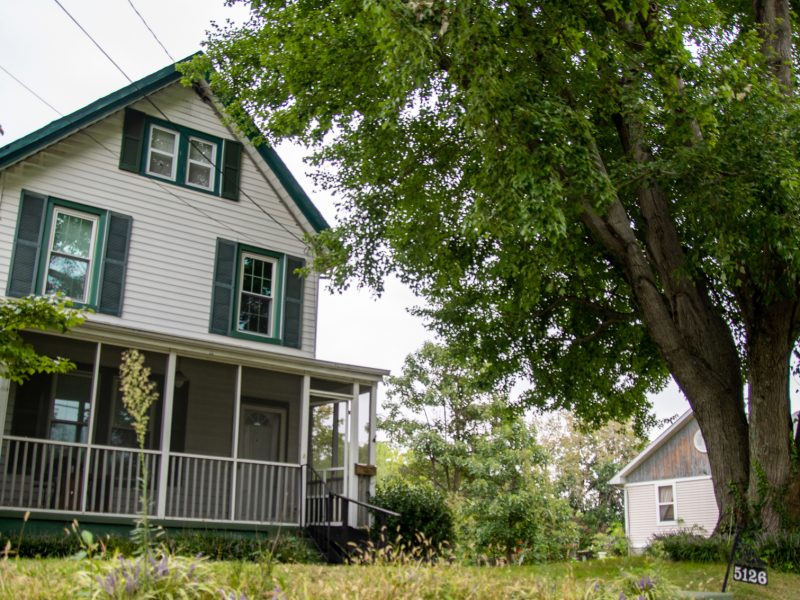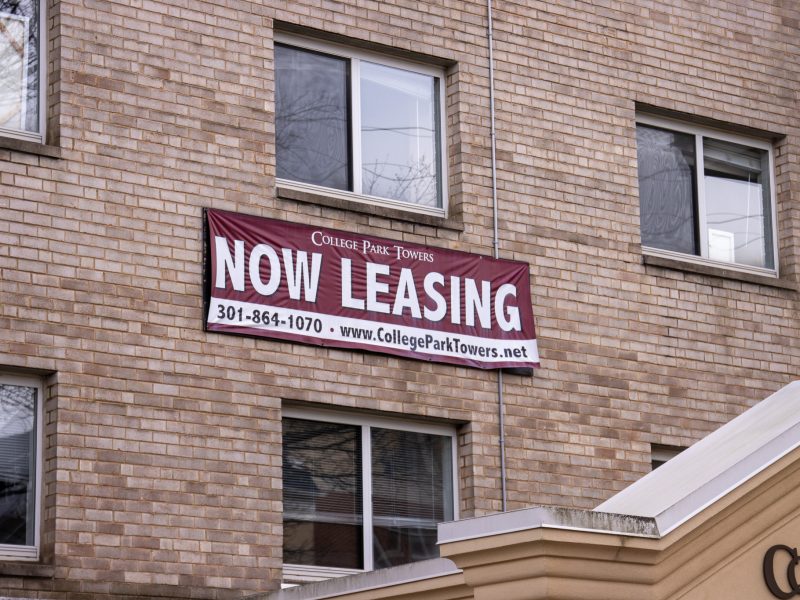If given the opportunity to start over, College Park would look very different, District 3 Councilwoman Stephanie Stullich said.
“If we were designing College Park from scratch,” she said, “I think we would not have designed it the way that it is.”
Stullich’s commentary was part of a larger conversation among City Council members April 5 regarding the adoption of a Complete and Green Streets Policy in the city, which they expect would make it more attractive and accessible.
Terry Schum, the city’s planning director, defined complete streets as “streets that serve everyone” by taking all types of transportation into account — including drivers, cyclists and pedestrians — to make traveling safe and easy for everyone. Green streets have plants located along the right-of-way — a path or route used for transportation — that reduce pollutants in stormwater runoff, according to the city’s proposed Complete and Green Streets Policy.
“There was a movement to create complete streets that was initiated almost two decades ago,” Schum said. “Transportation agencies and communities needed an approach to assure safety and accessibility.”
After almost an hour of discussion, the council moved forward with the resolution. It will continue the discussion at its next meeting Tuesday night.
In 2014, the council began creating policies supporting the Healthy Eating Active Living Campaign, an initiative from the Institute for Public Health Innovation and the Maryland Municipal League, which uses advocacy to strengthen and support municipal government, according to its mission statement.
Since then, the city has accomplished three of the campaign’s four goals: establishing community gardening, creating a program for employee wellness and promoting the use of an Electronic Benefit Transfer system to transfer government benefits from federal accounts to retailers for local farmers markets. Implementing a Complete and Green Streets Policy would achieve the initiative’s final goal, according to the council agenda item.
To help the council reach this objective, in 2015 the Metropolitan Washington Council of Governments gave a $30,000 technical assistance grant to the city to prepare a complete streets report, which was published in March, Schum said.
Based on this report, the city’s proposed policy requests that transportation projects create continuous bike- and pedestrian-friendly streets that connect to transit and commercial areas, as well as coordinating with city stakeholders and nearby areas to achieve these roadways.
There are more than 880 complete street policies nationwide, city engineer Steve Halpern said. Complete streets are “context-sensitive,” Schum said, and take the conditions of a city into account.
“We take advantage of all of the policies that have been adopted and look at the recommended elements, and we work them all into [this city’s] policy,” Halpern said.
To get closer to implementing a policy, Schum said, it is important to look at city data, including measurements of pedestrian infrastructure, bike lanes and curb ramps, and to get more funding. While the city has been successful in receiving grants for the past two years, it is still a competitive process, and she hopes it will apply for another grant this year, she added.
“I don’t think it’s going to be easy necessarily to do this and find the resources,” Schum said. “But it’s a step in the right direction.”



